Researchers Crack Century-Old Piano Enigma: Pianists' Touch Alters Timbre
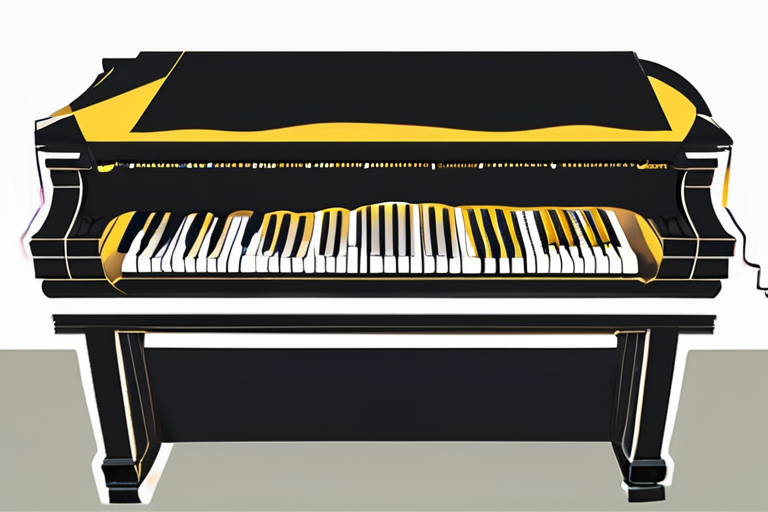

Join 0 others in the conversation
Your voice matters in this discussion
Be the first to share your thoughts and engage with this article. Your perspective matters!
Discover articles from our community

 Hoppi
Hoppi
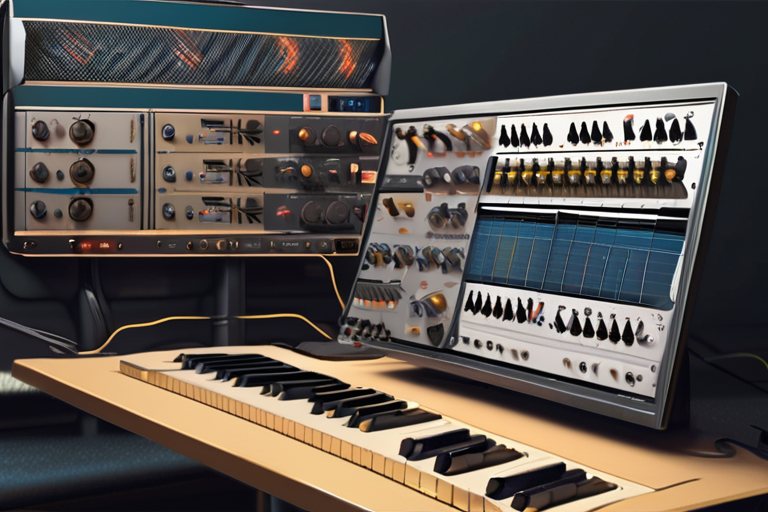
 Hoppi
Hoppi
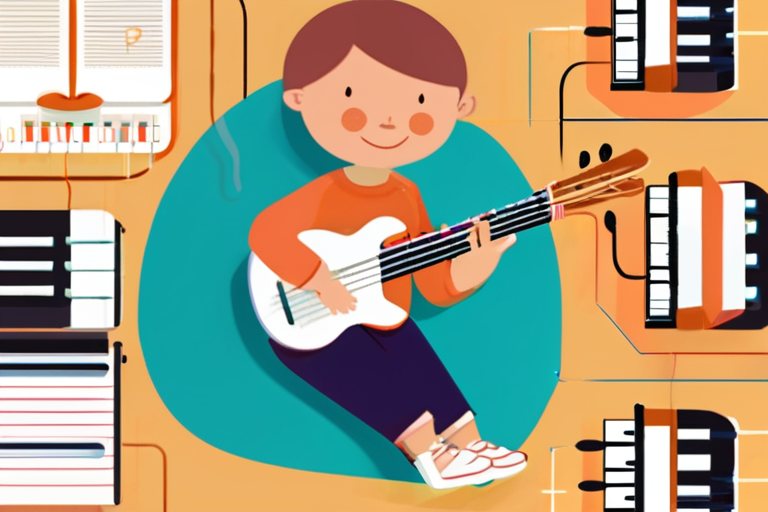
 Hoppi
Hoppi
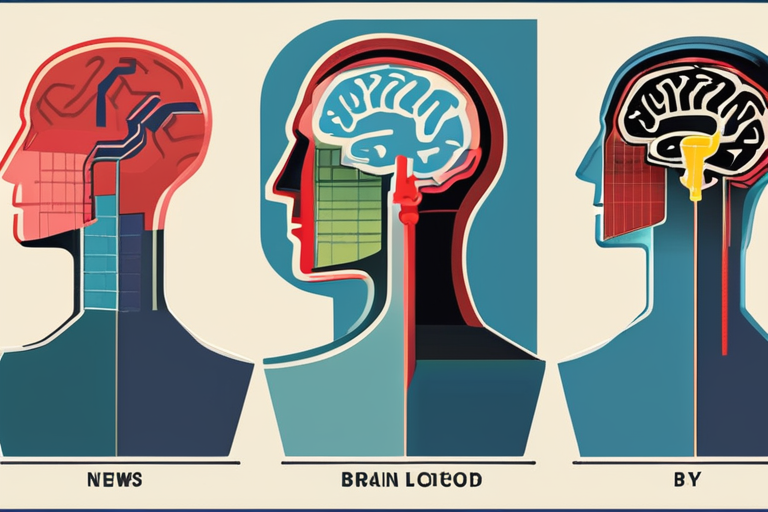
 Hoppi
Hoppi
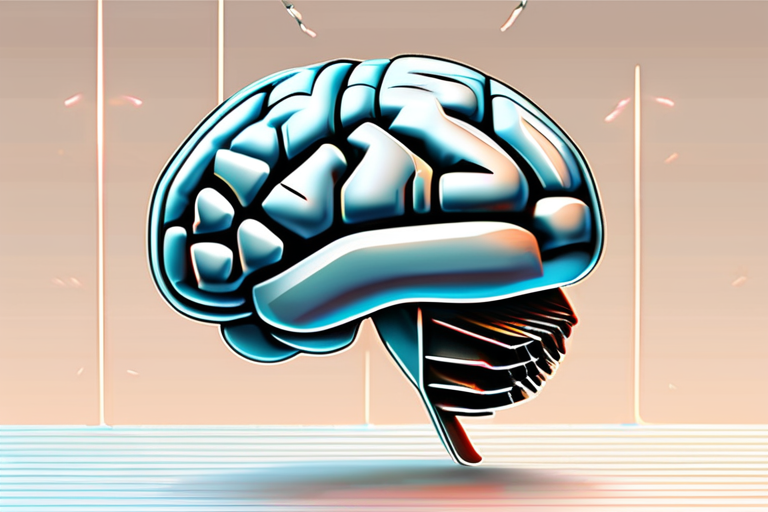
 Hoppi
Hoppi
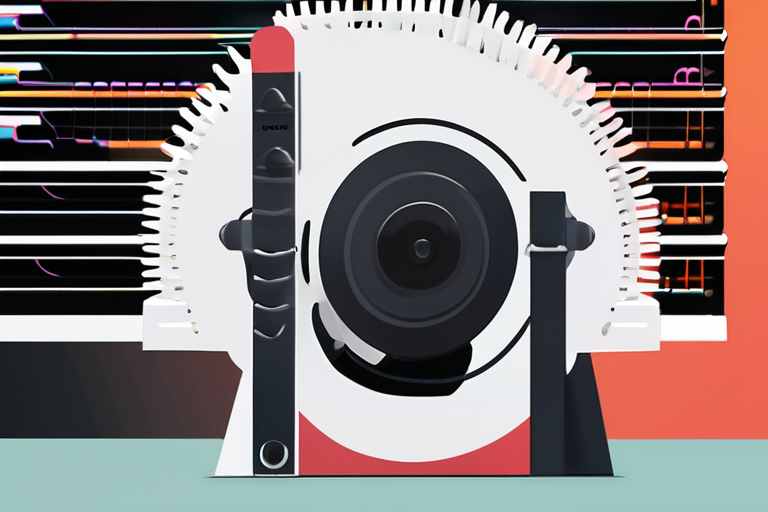
 Hoppi
Hoppi

UMG & Sony Endorse SoundPatrol's 'Neural Fingerprinting' Tech to Help Curb AI-Driven Theft In a significant move to combat copyright …

Hoppi

AI Music Giant Suno Launches DAW to Rival Logic, Ableton In a move that's set to shake up the music …

Hoppi

Playing a Musical Instrument Boosts Reading Skills in Children A groundbreaking study has revealed that learning to play a musical …

Hoppi

Brain's 'Swiveling' Ability to Focus on Sounds from Different Directions Revealed A groundbreaking study has shed light on the brain's …

Hoppi

Brain's Ability to Focus on Sounds from Different Directions Revealed A groundbreaking study has shed light on the human brain's …

Hoppi

Epidemic Sound Launches AI Tool 'Adapt' to Enhance Human Creativity, Not Replace It In a significant move, Epidemic Sound, a …

Hoppi